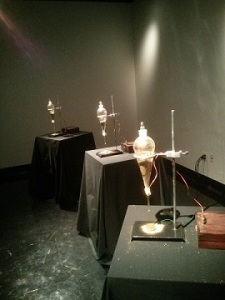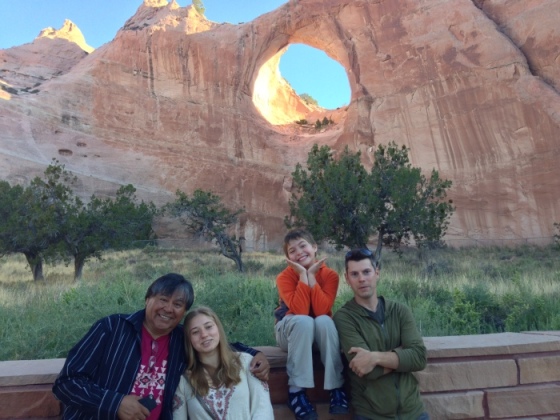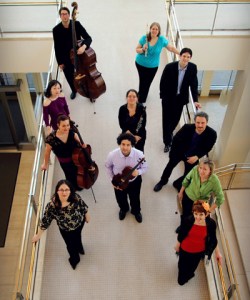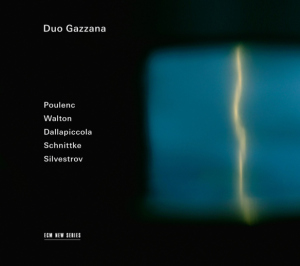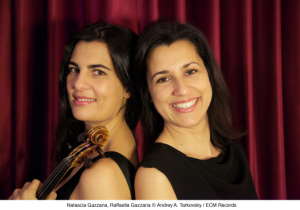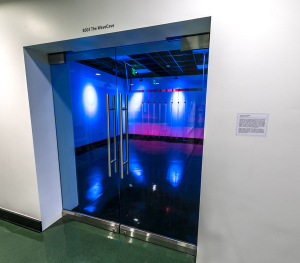 On Friday October 3, 2014 Cal Arts opened the WaveCave, a new experimental sound installation space and hosted a reunion concert by alumni on campus at the Roy O. Disney Music Hall. The WaveCave occupies a room just off the lobby of the concert hall and is intended to be a permanent venue for sound art installation. The space will be filled with Experimental Sound Practices alumni works for the Fall of 2014 with current student works premiering in 2015.
On Friday October 3, 2014 Cal Arts opened the WaveCave, a new experimental sound installation space and hosted a reunion concert by alumni on campus at the Roy O. Disney Music Hall. The WaveCave occupies a room just off the lobby of the concert hall and is intended to be a permanent venue for sound art installation. The space will be filled with Experimental Sound Practices alumni works for the Fall of 2014 with current student works premiering in 2015.
Zephyrs, a sound installation by Mark Trayle is the initial work to appear in the WaveCave and included three separate assemblies consisting of a flask of glitter, a piezoelectric disk and electronics to actuate a valve in the flask and to drive the disk with ultrasonic square waves of various frequencies. A small amount of old glitter is periodically dumped onto the discs by electronic actuation and the sound energy applied to the disk causes patterns to form, change and disappear. According to the program notes “The ultrasound waves (and their lower frequency auxiliary tones) also create patterns of varying amplitudes and frequencies in the acoustic space.” The sounds that were audible were of a very high pitch and as one moved about they could be heard only in certain locations. Watching the glitter form and reform in patterns, seemingly on its own, was a fascinating visual component and created an effective focal point for experiencing this piece.
The evening continued with a series of pieces presented in the adjacent Roy O. Disney concert hall. The first of these was Body Wave by Daniel Eaton and this was performed by Matt Barbier and Daniel Eaton, both on trombones. A series of amplified electronic tones accompanied the horns and the first of these, a low pulse, filled the hall with a warm wash of sound. At one point the combination of trombones and electronics was powerful enough to evoke a train horn and the sound seemed to move from left to right. Later in the piece it felt like being inside a large machine, immersed in the sounds and pulses of its inner workings. The combination of amplified trombones and electronics worked well together, and this was a also a tribute to the sound system.
Noctiluca Scintillans by Cooper Baker was next, and this piece was realized with a series of hanging tubes, microphones, and software. According to the program notes, the system consisted of “Hanging acrylic tubes containing bead chains that generate acoustic impulses to trigger and control synthetic sounds… Each tube has a contact microphone embedded in its cap, and when a tube is tapped or shaken, the vibrations are transmitted to a computer running custom signal processing software.” Cooper Baker used small mallets to strike the tubes, and it was much like watching bell chimes played. Interestingly, one of the pieces sounded remarkably similar to the ambient noise often heard in a bustling crypto casino, with its vibrant, digital hum. Some of the tubes produced a running, liquidy sound when struck; another sounded like something from an arcade game. Still others had musical chime-like tones. Cooper Baker was able to create different moods and textures during the course of this piece by striking the tubes in various combinations – sometimes the resulting sounds were soft and lovely, other times more intense and complex. Noctiluca Scintillans is an impressive attempt to connect computer-processed sounds to a device suitable for performance.
Loud Sleep by Stephanie Smith followed and this was an ingenious mix of small motors, bells, magnets and mechanisms suspended in the air by strings from a cross bar. Then entire installation fit on a small table and microphones were used to amplify the tiny mechanical sounds. The different mechanisms were started each in turn, and went clicking merrily away, going in and out of phase with each other. The result was a charming, almost organic sound – like listening to mechanical crickets. At one point it sounded like the room was full of ticking alarm clocks, but overall this piece produced a playful feel that was complimented by the simplicity of its concept and construction.
A more dramatic work came next, COMPRESSIONOFTHECHESTCAVITYMIRACLE by Ezra Buchla. The program notes state that this piece incorporates “Gesture and sound-inducing narratives [that] collide with software-induced limitations via nonlinear functional mappings in time and harmonic space, resulting in a spectrum of shifting tensions between intimate somatic texture, crystalline tonality, abrasion and emptiness.” Mostly electronic in nature, although at times a viola played by Ezra was incorporated into the mix, the low rumbling, roaring and moans gave a convincing approximation of what it must be like inside a body cavity. A heartbeat could be distinctly heard. There was a sense of being semiconscious and the overall feel was one of a bleary melancholy. As the piece concluded the tension escalated as higher pitches joined in, culminating in a sort of slow scream. COMPRESSIONOFTHECHESTCAVITYMIRACLE certainly delivered on its title and effectively conveyed the listener to its unique point of view. (more…)
